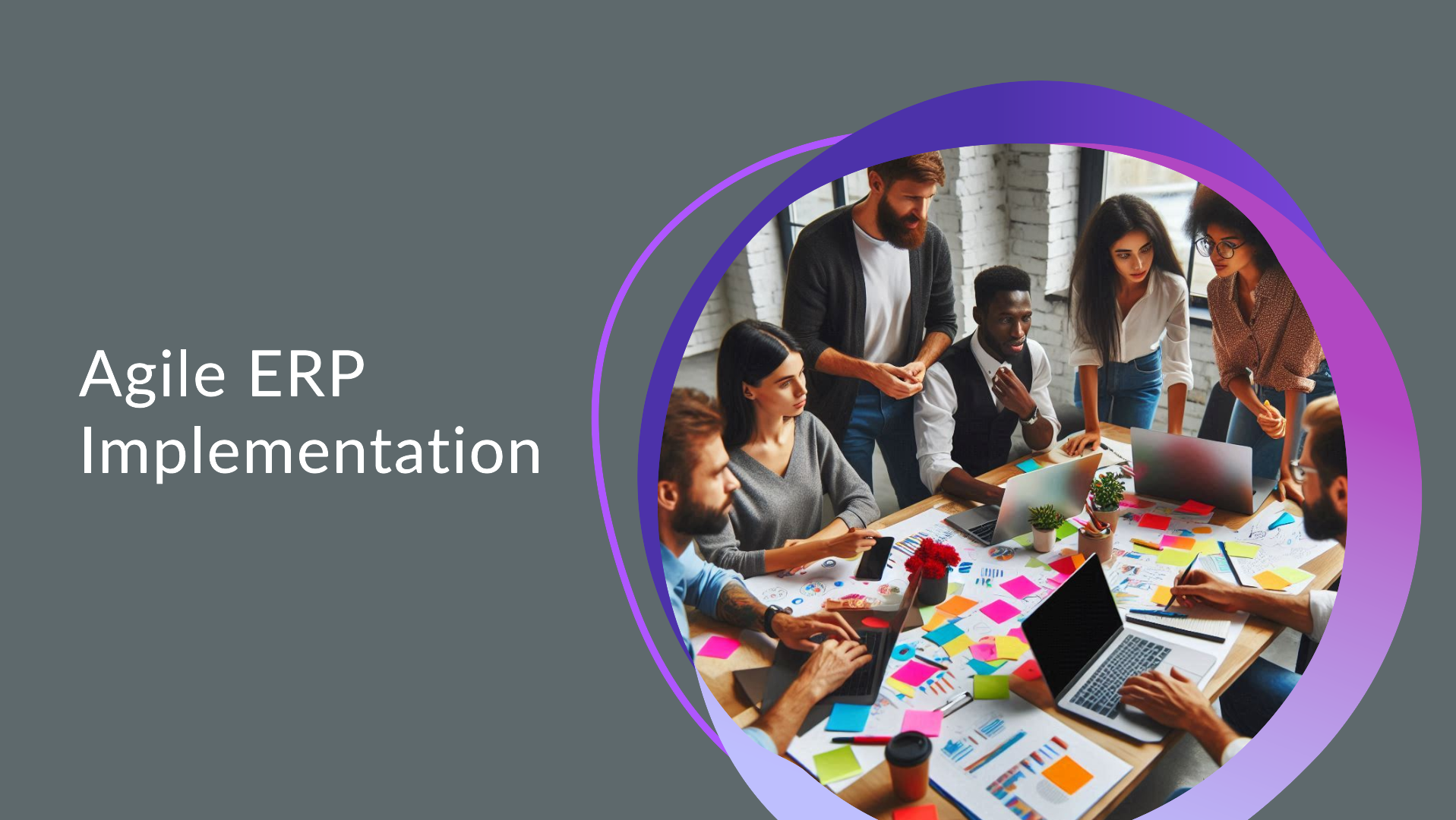Over the past five years, I have had the privilege of leading as a Project Manager (PM/PMO) three significant Enterprise Resource Planning (ERP) implementations: SAP S/4HANA, Oracle Fusion Cloud, and Microsoft Dynamics 365. These solutions represent some of the leading business applications available in the market today. Throughout these implementations, I collaborated with certified partners from SAP, Oracle, and Microsoft, utilizing their established methodologies and best practices—Activate, Oracle Unified Method (OUM), and Sure Step, respectively.
Many clients use Agile as their IT Project Management technique and would request that Agile be the primary PM method for their ERP implementations. However, partners and providers have consistently responded negatively, stating that their recommended implementation methodologies do not align with Agile principles. This response is reasonable since the product already exists (it just needs to be configured), the scope of the project is clearly defined, and the implementation must be completed within a set timeline, which does not allow for multiple iterations.
These recommended methodologies are more related to standard waterfall processes.
Nonetheless, I would like to highlight how Agile methodologies can be effectively integrated within standard ERP implementations:
- Integration Deployment: Most ERP projects require interaction with legacy systems, which involves the definition of an architecture and the design and development of interfaces. This task can be particularly challenging to control for a PM. Establishing functional groups for these integrations, defining a Minimum Viable Product (MVP), and managing progress using Agile methodologies can enhance control. It is essential to link deliverables with other milestones in your ERP project plan.
- Data Cleansing and Migration: Ensuring that data is clean and ready for migration to your ERP is often a critical and risky task. A well-defined strategy, along with iterative processes for data preparation, is crucial. Implementing Agile methodologies for functional groups of data can expedite readiness while maintaining quality.
- Additionally, when implementing a new ERP, it is a good practice to build a Data Mart/Data Warehouse structure to support your Business Intelligence initiatives. This process typically involves creating staging databases and integrating them with your ERP and BI engines, making it another suitable candidate for Agile development.
- Deployment of Additional Functionality: Frequently, during an ERP implementation, organizations may decide to modernize certain legacy solutions. It is advisable to leverage the full capabilities of Agile processes to ensure these developments are completed on schedule, aligning them with the requirements of your main ERP project plan.
- Customization of ERP: Although not recommended, important customization of ERP systems still occurs in practice. In such cases, it is beneficial to define MVPs that group related customizations—potentially by module—and apply Agile tools to design, develop, test, and deploy them. The objective is to synchronize this deployment process with the timelines and milestones outlined in your primary ERP plan.
In conclusion, while waterfall methodologies may dominate ERP implementations, the integration of Agile practices can provide significant advantages, particularly in areas requiring iterative development and close collaboration. By embracing a hybrid approach, organizations can enhance their ERP implementation efforts and achieve greater success.
I would recommend that the PM should refrain from detailing all the functionalities that will be deployed through the Agile sub-projects within the ERP Project WBS. Instead, these functionalities should be included as general tasks, focusing primarily on representing the defined Sprints. If detailed functionalities are outlined in the ERP plan, it may lead to a duplication of control efforts, as the Agile Project Team will be managing these aspects using their tools.
And a final word of advice, if your organization has chosen to invest in one of these leading ERP solutions, it is crucial that your leadership understands the value of industry best practices. These systems incorporate proven procedures derived from practices in hundreds of top companies. Therefore, do not attempt to reinvent the wheel. Instead, embrace these best practices and refrain from customizing your ERPs unnecessarily. It is far more effective and wiser to allocate resources toward learning and implementing new processes rather than forcing the solution to conform to your old practices.
Juan Pablo Franco
General Manager

